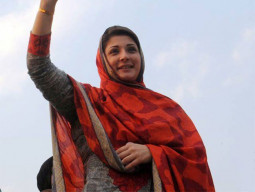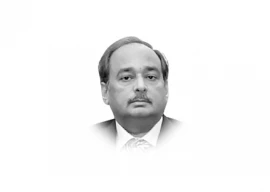
When mobile money was launched in 2009, it was hailed as the game-changing product that would make banking convenient by leveraging the telecom industry’s distribution channels. Mobile money has two channels: one-off transactions executed by a retailer called over-the-counter (OTC), and mobile wallets that utilise a cell phone number as an account number. The SBP claims mobile money processed around 639 billion rupees in the fourth quarter of 2018 only.
Despite the hefty numbers, the overall results have been mixed: financial inclusion increased by only 3% from 2008 to 2015 according to the SBP. However, within users of monetary services, mobile money did help in reducing reliance on informal services by almost doubling users of formal means. Why is the concept not a hit among the unbanked population?
The financial requirements for the majority of our consumers are basic: as over half the number of transactions were for utility bill payments, mobile top-ups, and money transfers. Moreover, the average consumer is extremely dependent on the agent or retailer to carry out their mobile money transactions for them and to utilise even the most basic functionalities such as checking their mobile account balance! Unsurprisingly of the 47 million mobile accounts registered in Pakistan, only 42% are active per the SBP.
This phenomenon explains why mobile money, with the over-the-counter transaction (OTC) in particular, was so successful in reducing the influence of the informal financial sector. In comparison to the murkier hundi/hawala networks, users with basic financial needs found a more tangible and reliable channel that also checked the dependency box. Clearly, the ‘convenience’ being offered by mobile money is, in fact, inconvenient to the unbanked population, as it does not address their needs!
Mobile money operators need to tackle the inability of people to use their service. There is a need to understand how user-friendly are mobile account platforms, such as the app or string code, by conducting usability studies. Retailers should be incentivised to maintain active mobile accounts as opposed to being given wallet activation targets: this would prevent the opening of dormant mobile accounts.
Inability leads to insecurity: there is a perception of mobile money being unsafe and unreliable as it is not tangible. Similarly, many people are also afraid of losing cash by making mistakes while doing a transaction; it is easier to hold the retailer accountable for such errors. On-ground campaigns need to raise awareness to assuage such fears.
Finally, relevance for mobile money needs to be created once consumers feel confident in using it. A shift towards ‘payments as a platform’ approach is at the heart of the industry’s new direction, according to GSMA. However, our ecosystem for payments, including QR codes, is limited to urban centres only. Deals with fast food chains and the ability to pay traffic fines is a good start but more relevant use case scenarios need to be introduced for the masses.
There needs to be a special focus on closing the gender gap. The SBP claims that females own just 20% of all mobile accounts although they are significantly more likely to save informally. GSMA also reports that there is a strong positive correlation between the percentage of female agents in a provider’s network and female customers. This is very relevant given our cultural setup.
SBP’s ‘National Financial Inclusion Strategy’ aims to enhance formal financial access to 50% of the adult population by 2020 by improving financial literacy and leveraging public-private alliances. The true potential of mobile money lies in leveraging mobile accounts, and not just retailer-dependent OTC transactions, otherwise, we will only be addressing the same basic-level needs serviced by the informal sector. For all this to happen, however, there is a need to rethink the positioning of mobile money products.
Published in The Express Tribune, June 13th, 2019.
Like Opinion & Editorial on Facebook, follow @ETOpEd on Twitter to receive all updates on all our daily pieces.























COMMENTS
Comments are moderated and generally will be posted if they are on-topic and not abusive.
For more information, please see our Comments FAQ